Healthcare organizations need to shake up email security practices
Healthcare firms are failing to implement fundamental email security protocols, leaving them open to breaches
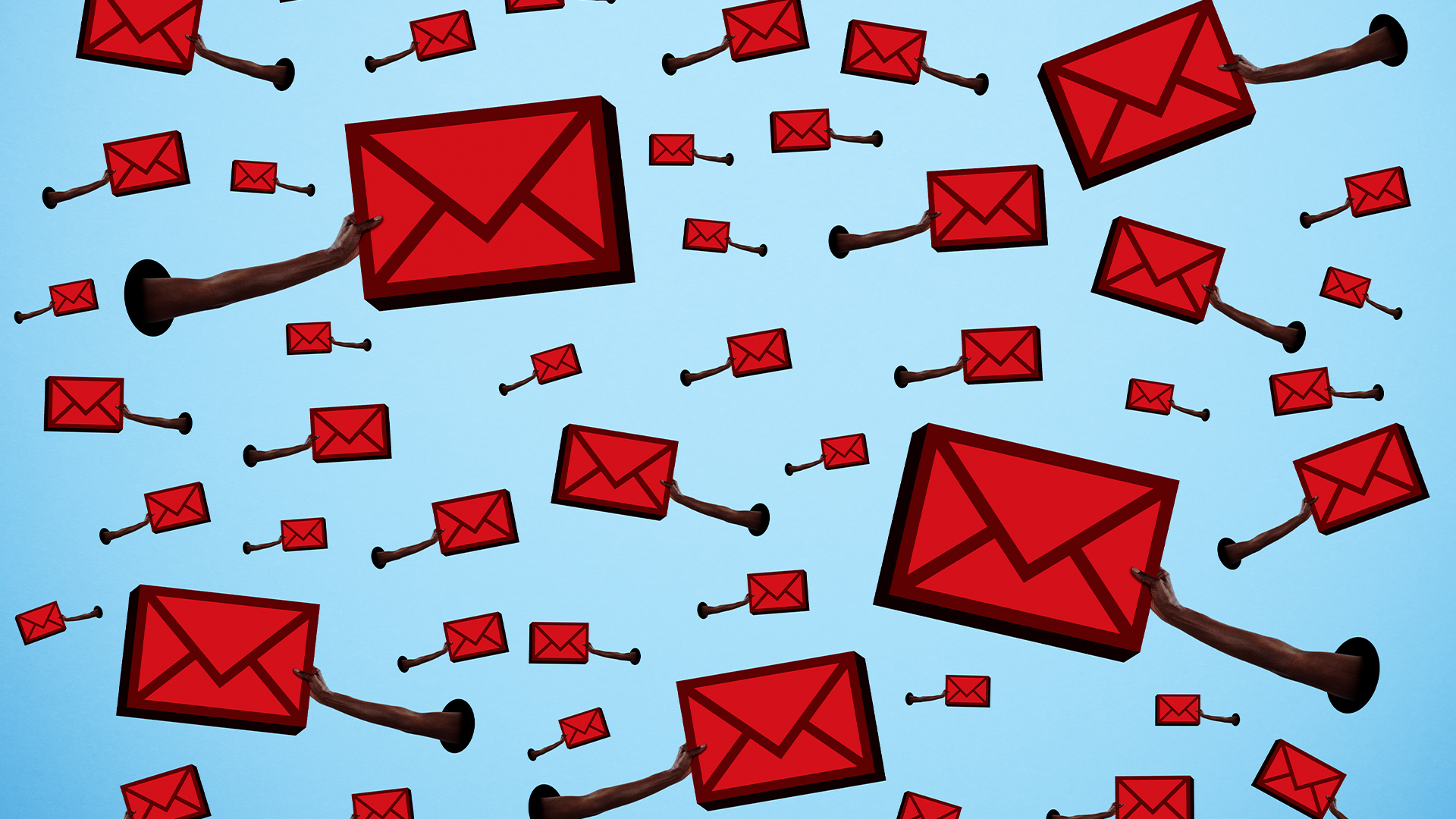

Microsoft 365 is the source of almost half of all healthcare email breaches, thanks mainly to misconfigurations in security settings.
According to Paubox’s 2025 Healthcare Email Security Report, email is the main attack vector in the sector, with Microsoft 365 accounting for 43% of all breaches.
Proofpoint was next, at 13%, followed by Barracuda Networks and Mimecast at 7%, and Google Workspace at 3.%.
The report found that many healthcare organizations are failing to implement fundamental email security protocols, with virtually all breached organizations lacking Mail Transfer Agent Strict Transport Security (MTA-STS) protections and exposing email communications to interception.
More than a third of Microsoft 365 users had Domain-based Message Authentication, Reporting, and Conformance (DMARC) in monitor-only mode, meaning a concerning volume of phishing attempts went undetected.
Notably, researchers found three-in-ten lacked any DMARC records at all. Meanwhile, 12% lacked Sender Policy Framework (SPF) records and four-in-ten had weak configurations, making it easier for attackers to spoof emails.
“HIPAA-regulated entities need to be proactive in ensuring their compliance with the HIPAA rules, and not wait for OCR to reveal long-standing HIPAA deficiencies," warned HHS Office for Civil Rights (OCR) director Melanie Fontes Rainer.
Get the ITPro daily newsletter
Sign up today and you will receive a free copy of our Future Focus 2025 report - the leading guidance on AI, cybersecurity and other IT challenges as per 700+ senior executives
According to the report, there's been a 264% increase in ransomware attacks on healthcare organizations since 2018, with email acting as the main attack method.
Shockingly, though, only 1% of the analyzed healthcare organizations had a low-risk email security posture. Three-in-ten were categorized as high risk, meaning they had multiple security gaps that exposed them to major cybersecurity threats.
According to IBM, the average cost of a healthcare email breach is $9.8 million - and that's before you take into account HIPAA fines, which amounted to more than $9 million last year.
These include a $9.76 million settlement by Solara Medical Supplies, after a phishing attack gave hackers access to eight employee email accounts. More than 114,000 patient records were compromised.
RELATED WHITEPAPER
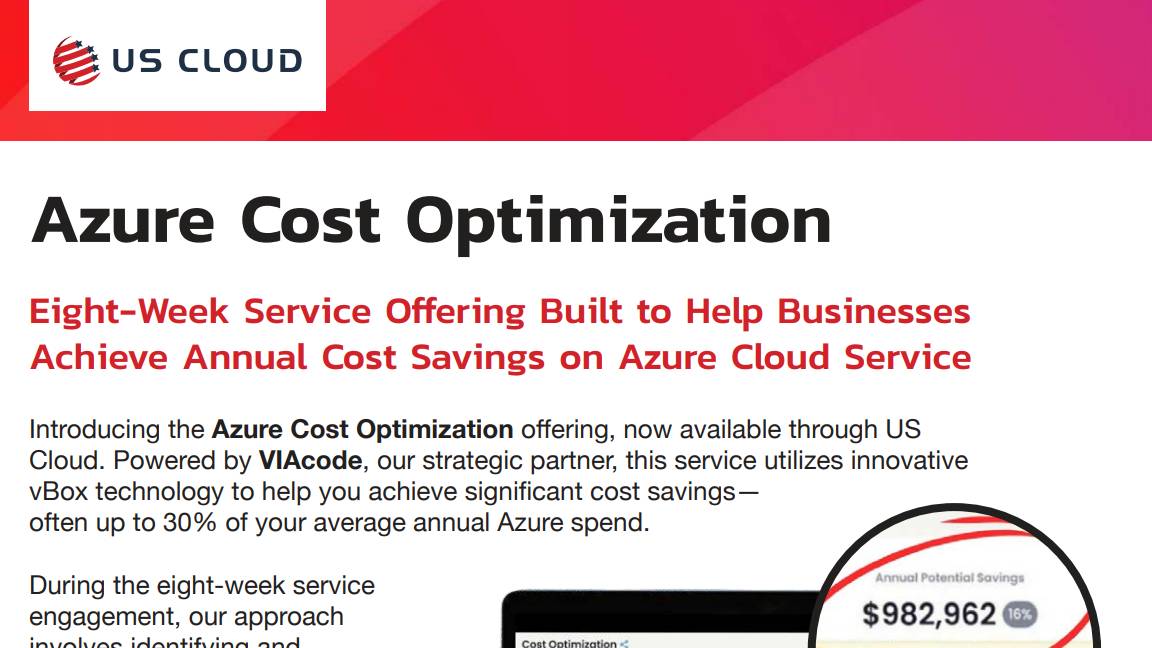
LA Cares was also hit with a $1.3 million fine over systemic security lapses that led to a breach.
"The increasing frequency and sophistication of cyber attacks in the health care sector pose a direct and significant threat to patient safety," said HHS deputy secretary Andrea Palm.
"These attacks endanger patients by exposing vulnerabilities in our health care system, degrading patient trust, disrupting patient care, diverting patients, and delaying medical procedures."
Email attacks show no sign of slowing down
Looking ahead, Paubox said it expects to see more attacks on cloud-based email systems, with attackers developing more sophisticated techniques to exploit misconfigurations and bypass existing security measures.
The use of AI in phishing attacks will also rise, it said.
As a result, organizations will have to work harder, with more healthcare firms required to move from optional security measures to mandatory enforcement of DMARC and SPF.
"The data shows that even the most established email security tools are just a starting point in protecting patient data," said Paubox chief compliance officer Rick Kuwahara.
"To stay compliant, organizations must continuously evaluate their implementations. That can mean adding in additional layers of defense."
MORE FROM ITPRO
Emma Woollacott is a freelance journalist writing for publications including the BBC, Private Eye, Forbes, Raconteur and specialist technology titles.
-
 Bigger salaries, more burnout: Is the CISO role in crisis?
Bigger salaries, more burnout: Is the CISO role in crisis?In-depth CISOs are more stressed than ever before – but why is this and what can be done?
By Kate O'Flaherty Published
-
 Cheap cyber crime kits can be bought on the dark web for less than $25
Cheap cyber crime kits can be bought on the dark web for less than $25News Research from NordVPN shows phishing kits are now widely available on the dark web and via messaging apps like Telegram, and are often selling for less than $25.
By Emma Woollacott Published
-
 ‘Phishing kits are a force multiplier': Cheap cyber crime kits can be bought on the dark web for less than $25 – and experts warn it’s lowering the barrier of entry for amateur hackers
‘Phishing kits are a force multiplier': Cheap cyber crime kits can be bought on the dark web for less than $25 – and experts warn it’s lowering the barrier of entry for amateur hackersNews Research from NordVPN shows phishing kits are now widely available on the dark web and via messaging apps like Telegram, and are often selling for less than $25.
By Emma Woollacott Published
-
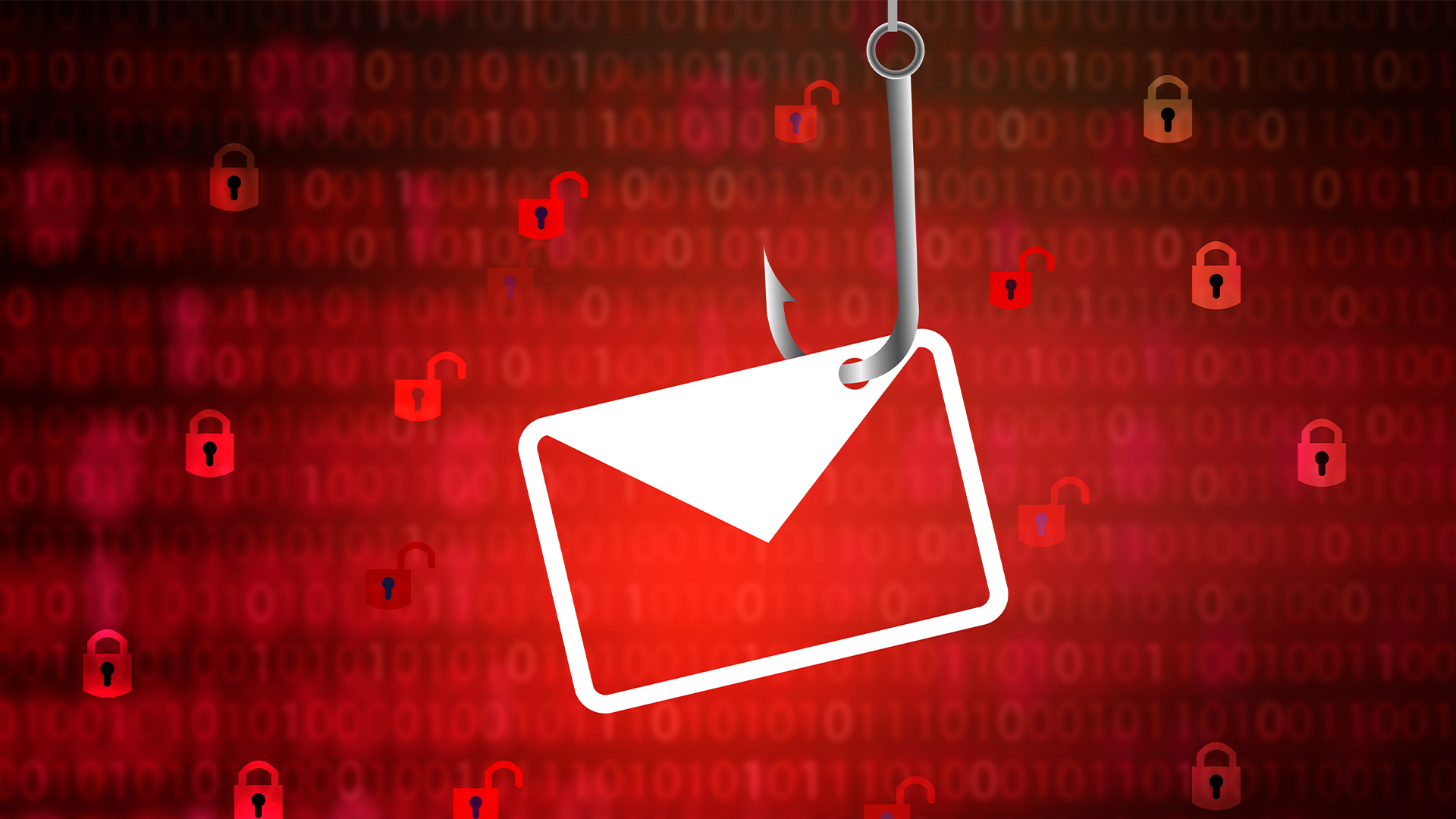 Have I Been Pwned owner Troy Hunt’s mailing list compromised in phishing attack
Have I Been Pwned owner Troy Hunt’s mailing list compromised in phishing attackTroy Hunt, the security blogger behind data-breach site Have I Been Pwned, has fallen victim to a phishing attack targeting his email subscriber list.
By Jane McCallion Published
-
 Security experts warn of ‘contradictory confidence’ over critical infrastructure threats
Security experts warn of ‘contradictory confidence’ over critical infrastructure threatsNews Almost all critical national infrastructure (CNI) organizations in the UK (95%) experienced a data breach in the last year, according to new research.
By Emma Woollacott Published
-
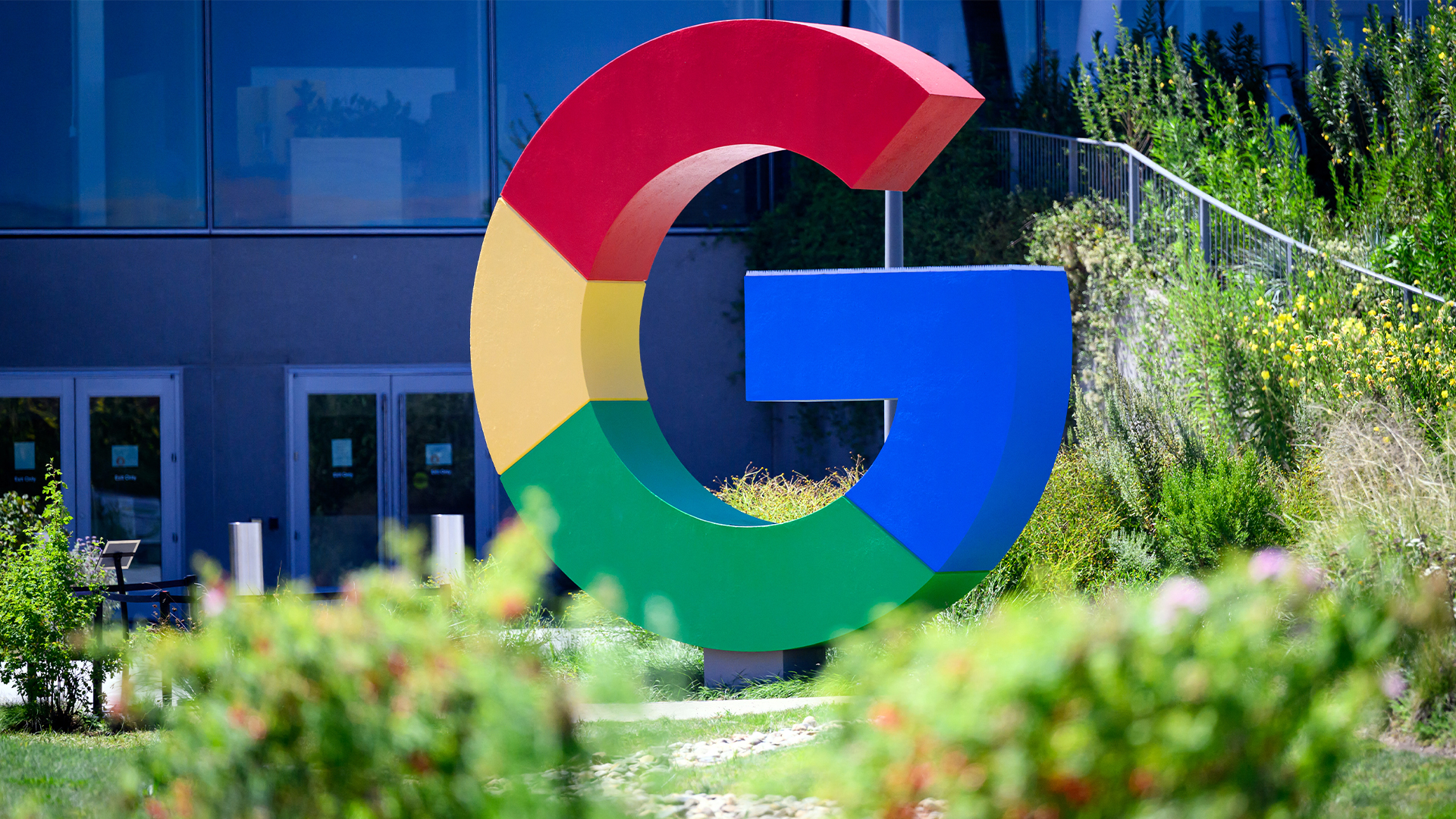 Google is dropping SMS authentication for QR codes
Google is dropping SMS authentication for QR codesNews Google appears finally ready to deprecate using SMS codes for multi-factor authentication (MFA) for Gmail according to insiders at the search giant.
By Solomon Klappholz Published
-
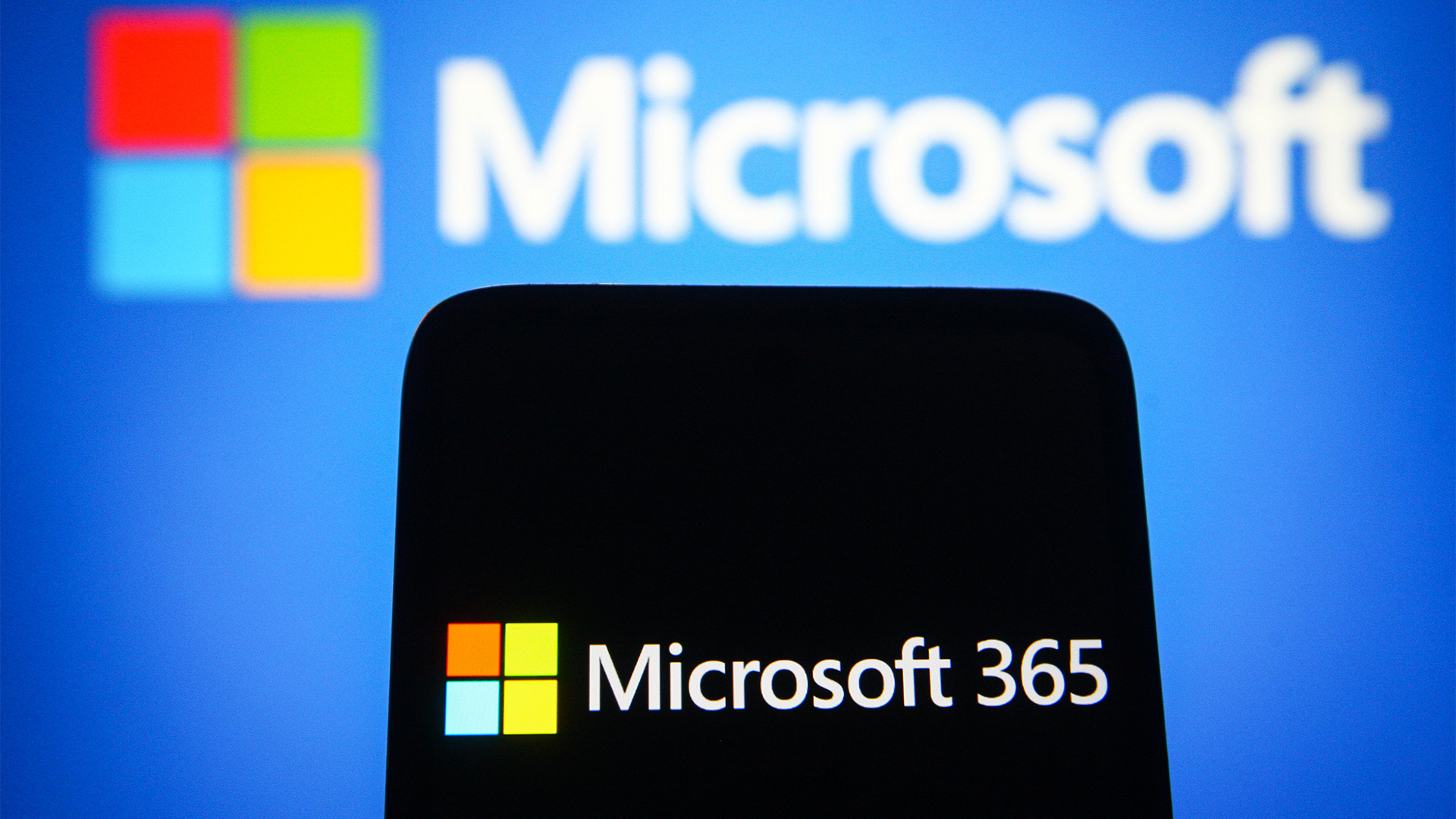 Hackers are on a huge Microsoft 365 password spraying spree – here’s what you need to know
Hackers are on a huge Microsoft 365 password spraying spree – here’s what you need to knowNews A botnet made up of 130,000 compromised devices has been conducting a huge password spraying campaign targeting Microsoft 365 accounts.
By Solomon Klappholz Published
-
 Why ‘malware as a service’ is becoming a serious problem
Why ‘malware as a service’ is becoming a serious problemNews Researchers have issued a warning over the rise of 'malware as a service' platforms amid a surge in attacks over the last year.
By Solomon Klappholz Published
-
 Hackers are using this new phishing technique to bypass MFA
Hackers are using this new phishing technique to bypass MFANews Microsoft has warned that a threat group known as Storm-2372 has altered its tactics using a specific ‘device code phishing’ technique to bypass MFA and steal access tokens.
By Solomon Klappholz Published
-
 Threat actors are leaning on trusted services more than ever
Threat actors are leaning on trusted services more than everNews Cyber threats are increasingly incorporating legitimate services in their attack chain, researchers warn.
By Solomon Klappholz Published